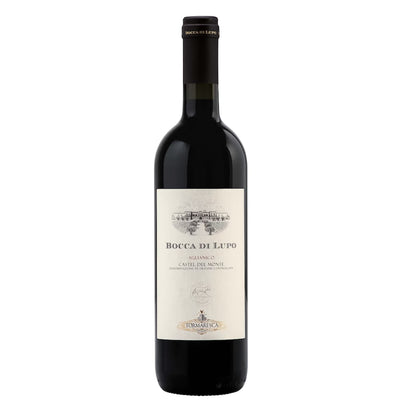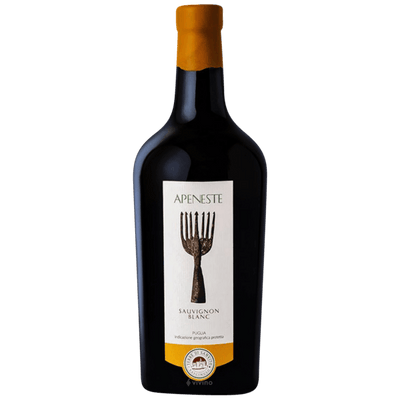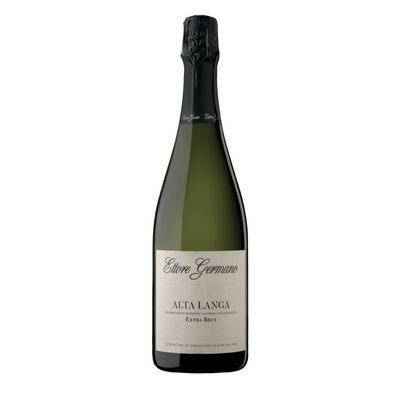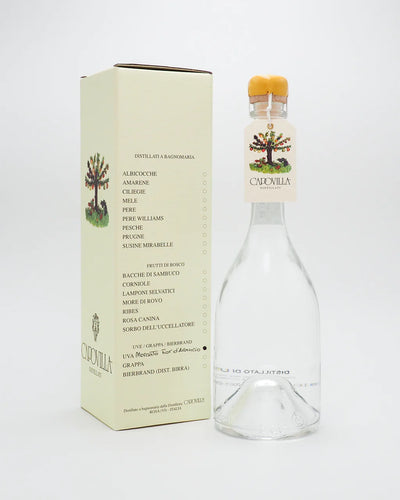What makes the aroma of Müller Thurgau unique
The "D-Wines" project involved the analysis and tasting of 246 wine samples belonging to 18 different Italian monovarietal wines representative of the Italian regions and selected in collaboration with the producers' associations. Varietal thiols are crucial compounds in defining the aromatic characteristics of wines. They are part of the volatile compounds responsible for the aromatic profile of wine and are characterized by being easily recognizable and with a high sensorial impact even at low concentrations.
Identity volatile compounds
They are part of those classes of "identifying" volatile compounds, present in lower quantities than fermentation aromas, but crucial in defining the aromatic characteristics of wines and their specificity and sensorial recognisability. They constitute the aromatic component of the wine most directly influenced by the variety of grape used for winemaking; for this reason they are defined as "varietal". They include terpenes, norisoprenoids, pyrazines, and some sulfur compounds, such as varietal thiols.
These compounds are present in the form of non-odorous precursors in the grapes and are released during winemaking, when the fermentation conditions set by the winemaker allow it, and contribute to increasing the aromatic intensity and complexity of the wine.
A new method for the analysis of thiols has been developed
Despite their preponderant role in defining the aroma of wine, the quantification of varietal thiols is a complex operation, being influenced by countless factors attributable to the nature of the wine and the thiols themselves. The research carried out by the D-Wines consortium, which at FEM relied on the highly qualified skills and instruments of the Metabolomics Unit, made it possible to achieve three objectives:
1) the development of a very high sensitivity method, used for the analysis of varietal thiols, by FEM and UniTN researchers, in approximately 300 wines. Including 246 white wines (including 13 Müller Thurgau wines from Trentino) from 2019 and another 50 Müller Thurgau wines from 2019 and 2020, he discovered that in the vast majority of Müller Thurgau wines all the varietal thiols analyzed are at concentrations higher, even significantly, than sensory thresholds. Which in fact are exceeded up to 12 times for 4-methyl-4-sulfanyl-pentanone (4-MSP) and up to 66 times for 3-sulfanyl-hexanol (3-SH);
2) from the descriptive sensorial analysis of the 249 samples of 18 varieties by a panel of oenologists at the University of Naples, it emerged that it is possible to sensorially detect the particular olfactory notes of Müller Thurgau, with a characteristic "thiol character", with hints of passion fruit, boxwood/cat urine and grapefruit;
3) the sensory sorting analysis, by a second panel of oenologists at the University of Bologna, also showed in this case that these "thiol" descriptors were well represented in all the Müller Thurgau wines analyzed.








